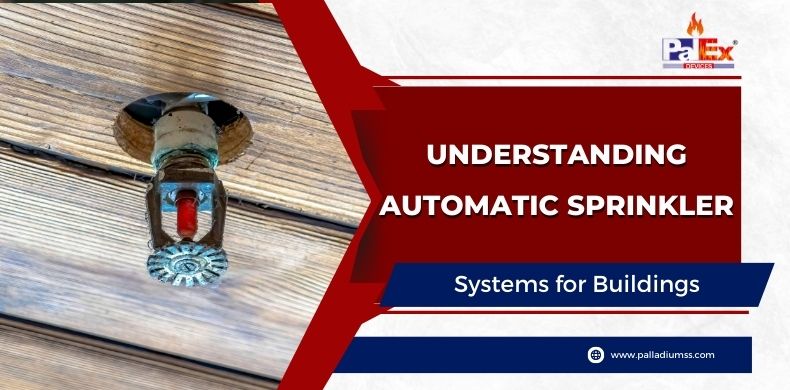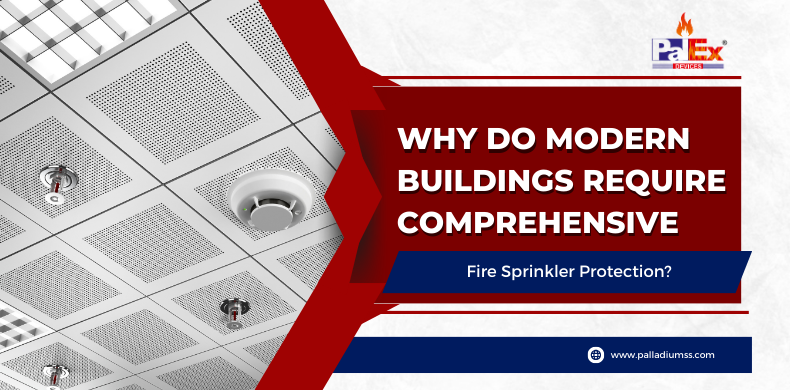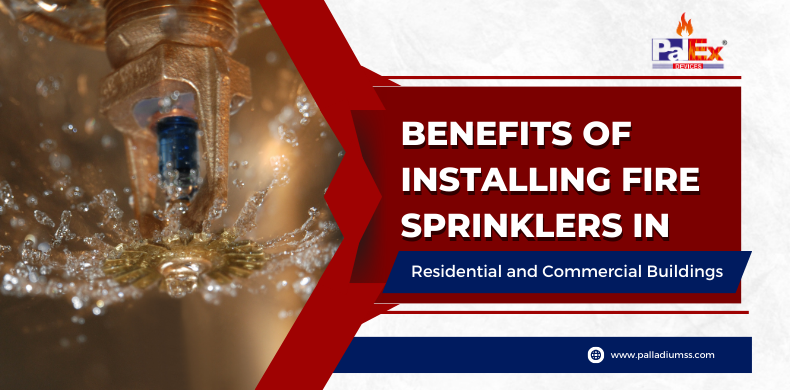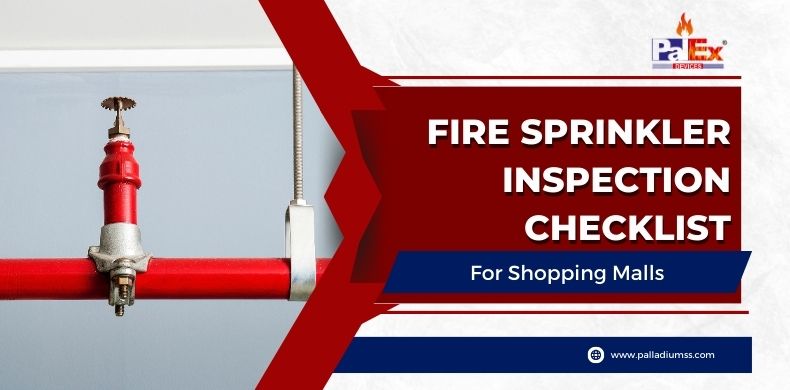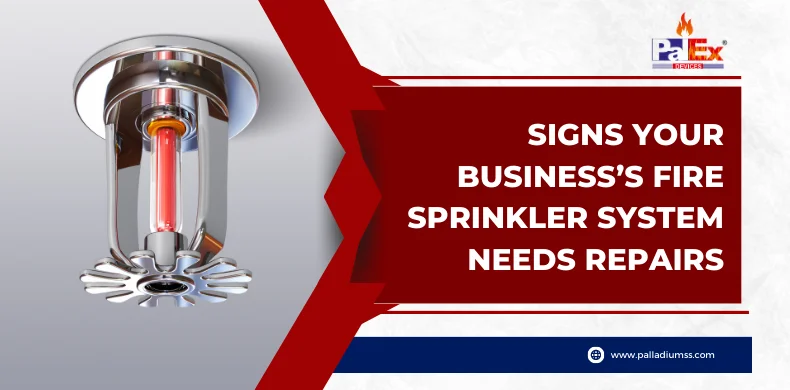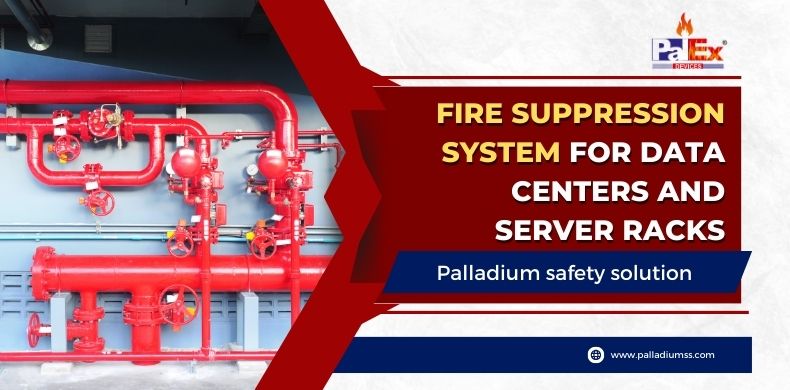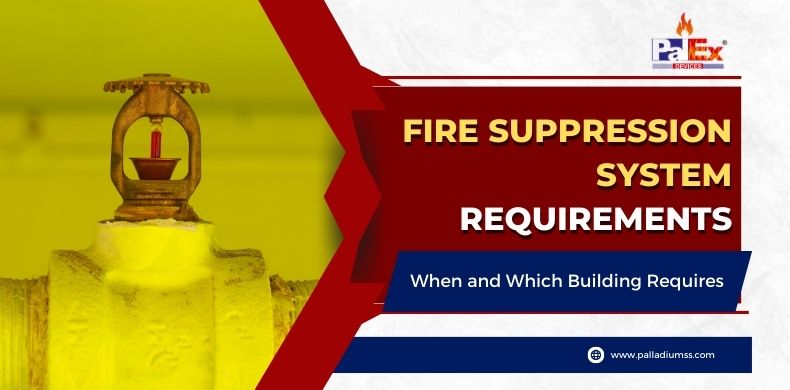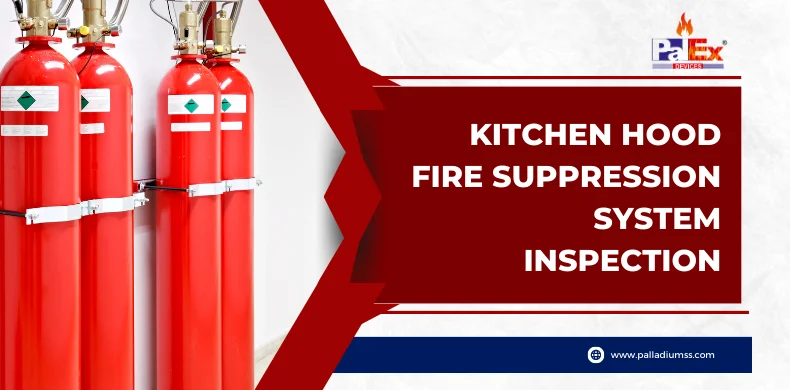When we talk about fire safety in buildings, most people think of fire alarms, extinguishers, and emergency exits. But there’s one fire protection system that quietly saves more lives and prevents more damage than almost anything else: the automatic sprinkler system.
You’ve probably seen sprinklers in hotels, offices, malls, or even apartments—small round devices on the ceiling that look simple. But behind that simple design is a powerful, smart, and fast-acting technology.
What Is an Automatic Sprinkler System?
An automatic sprinkler system is a fire protection setup installed in buildings to control or extinguish fires automatically—without human action.
This means:
- No one needs to push a button
- No one needs to fight the fire
- The system activates as soon as it senses heat
Sprinklers are designed to attack a fire in its early stage, often before it becomes dangerous.
How Do Sprinklers Work?
Many people think all sprinklers spray water at once when a fire starts—but that’s not true.
Here’s what actually happens:
- Every sprinkler head has a heat-sensitive element (like a glass bulb with liquid or a metal fuse).
- When the fire heats the air around that particular sprinkler head, the heat-sensitive part bursts or melts.
- Only that one sprinkler head releases water directly onto the fire.
- Water cools the flames, reduces heat, and prevents the fire from spreading.
This targeted action makes sprinklers extremely effective and minimizes water damage.
Why Sprinkler Systems Are So Effective
Sprinklers activate early—usually within the first minute or two of a fire.
This early response helps:
- Stop the fire from spreading
- Reduce smoke
- Protect people while they evacuate
- Limit property damage
- Control the fire until firefighters arrive
In many cases, a single sprinkler head is enough to control or even completely extinguish a small fire.
Types of Sprinkler Systems
Not all buildings use the same type of sprinkler system.
The design depends on the environment and the level of fire risk.
Here are the most common types:
1. Wet Pipe System
- Most common type
- Pipes are always filled with water
- Sprinklers activate instantly
Perfect for homes, offices, malls, and hotels.
2. Dry Pipe System
- Pipes are filled with pressurized air, not water
- Water enters only when sprinklers activate
Used in cold areas where pipes could freeze.
3. Deluge System
- All sprinklers are open
- Water flows from all heads at once
- Activated by a separate detection system
Used in high-risk areas like chemical plants or industrial zones.
Pre-Action System
- Uses a combination of detectors + sprinklers
- Water is released only when both systems activate
Perfect for server rooms, museums, and places with valuable equipment.
Key Components of a Sprinkler System
Even though the system looks simple, several parts work together behind the scenes:
- Sprinkler heads
- Network of pipes
- Control valves
- Fire pump sets
- Water storage tank
- Alarm valves
- Pressure gauges
- Flow switches
Each component plays a role in making sure the system activates quickly and reliably.
. Where Are Sprinkler Systems Used?
Sprinklers are used in almost all types of buildings today, such as:
- Office buildings
- Hospitals
- Shopping malls
- Hotels
- Schools and colleges
- Warehouses
- Industrial plants
- Residential apartments
- Parking areas
- Hotels and restaurants
Some places require sprinklers by law, especially high-rise buildings.
Automatic sprinkler systems may look simple, but they are one of the most powerful and dependable fire safety systems in modern buildings. They respond early, control fires fast, reduce damage, and give people the time they need to get out safely.
Whether it’s a home, office, hospital, mall, or factory, sprinklers play a huge role in life safety. Installing a sprinkler system is not just about following rules, it’s about protecting people, property, and peace of mind.

